Name Aribert Heim Nickname(s) Dr. Death Role Doctor | Years of service 1940–1945 | |
Unit Mauthausen Concentration Camp, 6th SS Mountain Division Nord | ||
Birth name Aribert Ferdinand Heim | ||
The hunt of the nazi doctor aribert heim
Aribert Ferdinand Heim (28 June 1914 – 10 August 1992) was an Austrian SS doctor, also known as "Dr Death". During World War II he served at the Mauthausen-Gusen concentration camp in Mauthausen, killing and torturing inmates by various methods, such as direct injections of toxic compounds into the hearts of his Victims.
Contents
- The hunt of the nazi doctor aribert heim
- Aribert heim die jagd nach dr tod orf3 zeitgeschichte
- Life
- Mauthausen concentration camp
- Later service
- Sightings and investigations
- Later years and death
- In popular culture
- References
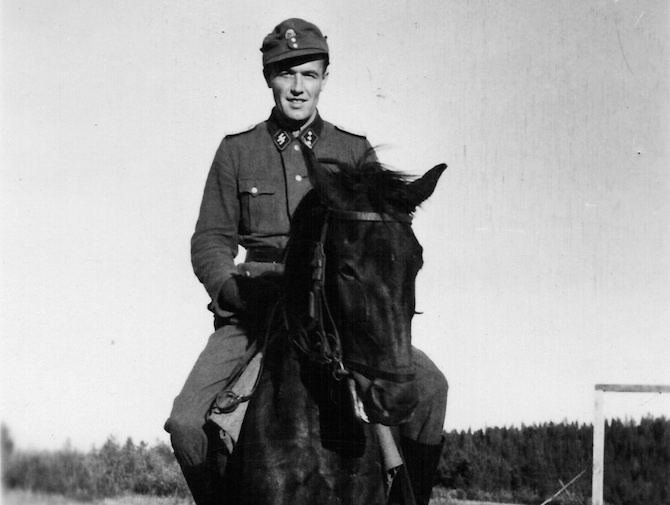
After the war, Heim lived for many years in Cairo, Egypt, under the alias of Tarek Farid Hussein after his conversion to Islam, and died there on 10 August 1992, according to the testimony by his son and lawyer. This information, though set forth by a German court, has been challenged.
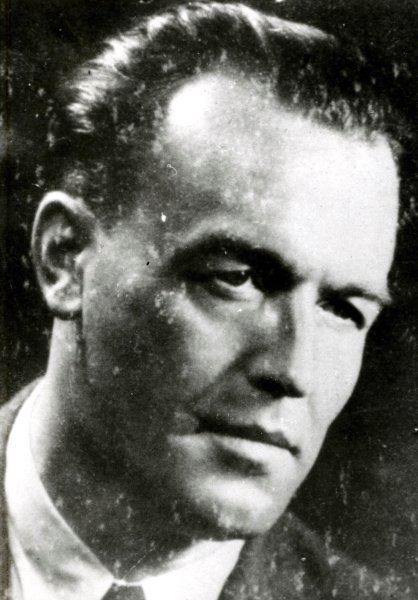
In 2009, a BBC documentary stated that German police had found no evidence of Heim's death on their recent visit to Cairo; nevertheless, three years later, a court in Baden-Baden confirmed again that Heim had died in 1992, based on new evidence provided by his family and lawyer.
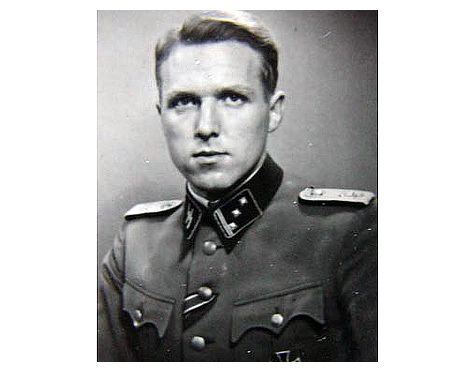
Aribert heim die jagd nach dr tod orf3 zeitgeschichte
Life
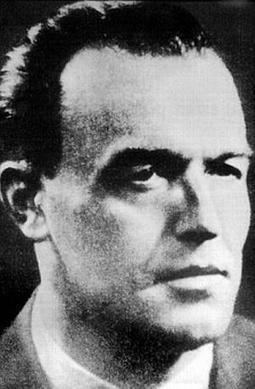
Heim was born in Bad Radkersburg, Austria-Hungary, the son of a policeman and a housewife. He studied medicine in Graz, and received his diploma in Vienna. Heim joined the SS after the Anschluss. He volunteered for the Waffen-SS in the spring of 1940, rising to the rank of Hauptsturmführer (Captain).
Mauthausen concentration camp

Aribert Heim worked in Mauthausen for six weeks as a doctor starting in October 1941 at the age of 26. Prisoners at Mauthausen called Heim "Dr. Death", or the "Butcher of Mauthausen" for his cruelty.
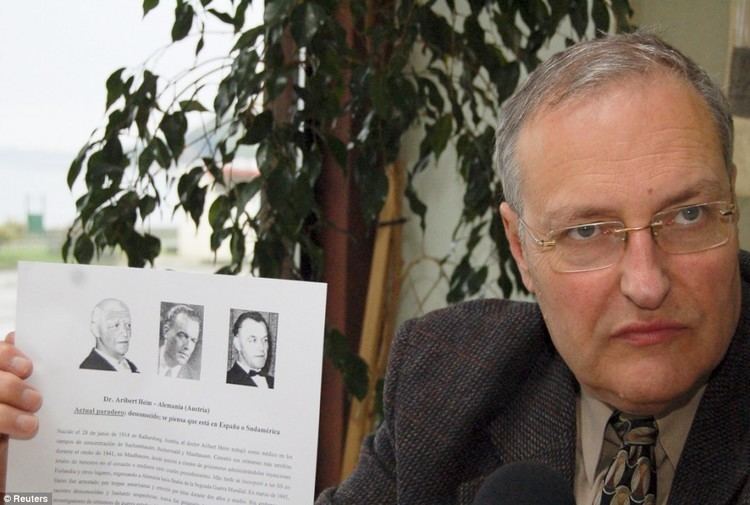
Heim was known for performing operations without anaesthesia. For about two months (October to December 1941), Heim was stationed at the Ebensee concentration camp near Linz, Austria, where he carried out experiments on Jews and others similar to those performed at Auschwitz by Josef Mengele. According to Holocaust survivors, Jewish prisoners were poisoned with various injections directly into the heart, including petrol, phenol, available poisons or even water, to induce death.

Heim reportedly removed organs from living prisoners without anesthesia, killing hundreds. A prisoner by the name of Karl Lotter also worked in the Mauthausen hospital at the time Aribert Heim was there. Lotter testified that in 1941, he witnessed Aribert Heim butcher a prisoner who came to him with an inflamed foot. Lotter provided more gruesome details about how Aribert butchered the 18-year-old prisoner. Lotter stated that Aribert gave the prisoner anesthetic and then proceeded to cut him open, castrate him, and take out one of his kidneys. The prisoner died, and his head was cut off, boiled and stripped of its flesh.
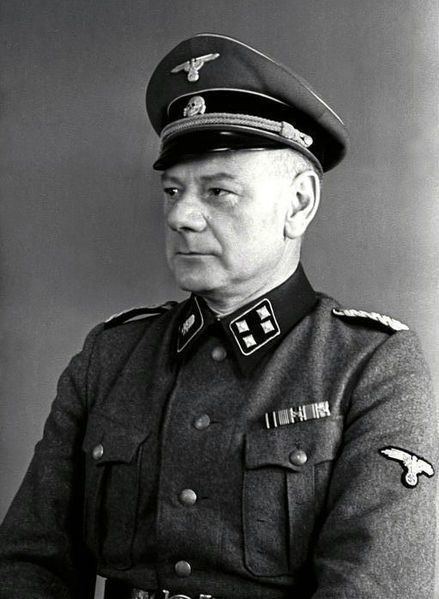
Heim then allegedly used this young man's skull as a paperweight on his desk. In a sworn statement that was given eight years after the incident Lotter stated that Heim "needed the head because of its perfect teeth". Other survivors of The Holocaust referred to Aribert removing tattooed flesh from prisoners and using the skin to make seat coverings, which he gave to the commandant of the camp.
Later service
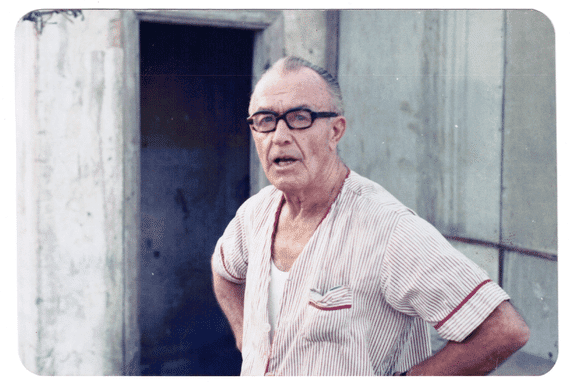
From February 1942, Heim served in the 6th SS Mountain Division Nord in northern Finland, especially in Oulu's hospitals as an SS doctor. His service continued until at least October 1942.
On 15 March 1945, Heim was captured by US soldiers and sent to a camp for prisoners of war. He was released and worked as a gynecologist at Baden-Baden until his disappearance in 1962; he had telephoned his home and was told that the police were waiting for him. Having been questioned on previous occasions, he surmised the reason (an international warrant for his arrest had been in place since that date) and went into hiding. According to his son Rüdiger Heim, he drove through France and Spain onward to Morocco, moving finally to Egypt via Libya.
After Alois Brunner, Adolf Eichmann's senior assistant, Heim had been the second most wanted Nazi officer.
Sightings and investigations
In the years following his disappearance, Heim was the target of a rapidly escalating manhunt and ever-increasing rewards for his capture. Following his escape there were reported sightings in Latin America, Spain and Africa, as well as formal investigations aimed at bringing him to justice, some of which took place even after he had apparently died in Egypt. The German government offered €150,000 for information leading to his arrest, while the Simon Wiesenthal Center launched Operation Last Chance, a project to assist governments in the location and arrest of suspected Nazi war criminals who are still alive. Tax records prove that, as late as 2001, Heim's lawyer asked the German authorities to refund capital gains taxes levied on him because he was living abroad.
Heim reportedly hid out in South America, Spain and the Balkans, but only his presence in Spain has ever been confirmed. He was alleged to have moved to Spain after fleeing Paysandú, Uruguay, when he was located by the Israeli Mossad. Efraim Zuroff, of the Wiesenthal Center, initiated an active search for his whereabouts, and in late 2005, Spanish police incorrectly determined he was in Palafrugell, Spain. According to El Mundo, Heim had been helped by associates of Otto Skorzeny, who had organised one of the biggest ODESSA bases in Franco's Spain.
Press reports in mid-October 2005 suggested that Heim's arrest by Spanish police was "imminent". Within a few days, however, newer reports suggested that he had successfully evaded capture and had moved either to another part of Spain or to Denmark.
Fredrik Jensen, a Norwegian and a former SS Obersturmführer, was put under police investigation in June 2007, and charged with assisting Heim in his escape. The accusation was denied by Jensen. In July 2007, the Austrian Justice Ministry declared that it would pay €50,000 for information leading to his arrest and extradition to Austria.
On 6 July 2008 Efraim Zuroff, the Wiesenthal Center's chief Nazi-hunter, headed to South America as part of a public campaign to capture the most wanted Nazi in the world and bring him to justice, claiming that Heim was alive and hiding in Patagonia, either in Chile or in Argentina. He elaborated on 15 July 2008 that he was sure Heim was alive and the groundwork had been laid to capture him within weeks.
In 2008, Heim was named as one of the ten most wanted Nazi war criminals by the Simon Wiesenthal Center.
Later years and death
In 2006, a German newspaper reported that he had a daughter, Waltraud, living on the outskirts of Puerto Montt, Chile who said he died in 1993. However, when she tried to recover a multimillion euro inheritance from an account in his name, she was unable to provide a death certificate.
In August 2008, Heim's son Rüdiger asked that his father be declared legally dead, in order to take hold of his assets. He claimed he intended to make a donation to humanitarian projects working to document the atrocities committed in the camps.
After years of apparently false sightings, the circumstances surrounding Heim's escape, life in hiding and death were jointly reported by the German broadcaster ZDF and The New York Times in February 2009. They reported that he lived under a false name, Tarek Farid Hussein, in Egypt and that he died of intestinal cancer in Cairo in 1992.
In an interview at the family's villa in Baden-Baden, his son Rüdiger admitted publicly for the first time that he was with his father in Egypt at the time of Heim's death. Heim's son says it was during the Olympics, and that he died the day after the games ended. According to Efraim Zuroff, Rüdiger Heim had — until the publishing of the ZDF research results — constantly denied having any knowledge of the whereabouts of his father.
On 18 March 2009, the Simon Wiesenthal Center filed a criminal complaint due to suspicion of false testimony. In 2012, a regional court in Baden-Baden confirmed that Heim died under the assumed identity of Tarek Hussein Farid in Egypt in 1992, based on evidence that his family and lawyer had presented.
Heim and his former wife, Freida, had two sons. He also had a daughter, Waltraud, born out of wedlock in Chile.
In popular culture
A book by Israeli author Danny Baz published originally in 2007 – and since translated from the French into other languages including English (as: The Secret Executioners), released first in 2009 – claims that a clandestine organisation called 'The Owl', operating outside of international law, tracked Heim down and assassinated him in the U.S. on an island off the California coast in 1982.
Baz claimed he was a member of 'The Owl' himself and claimed that his group carried out several assassinations of Nazis who had sought refuge in the USA. The Simon Wiesenthal Centre has expressed doubts regarding Baz's claims.
